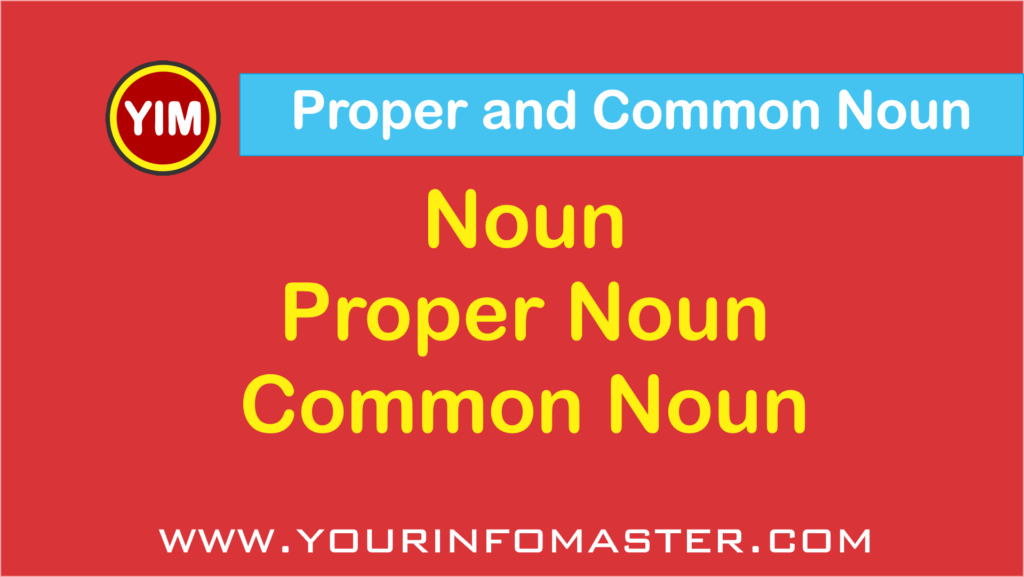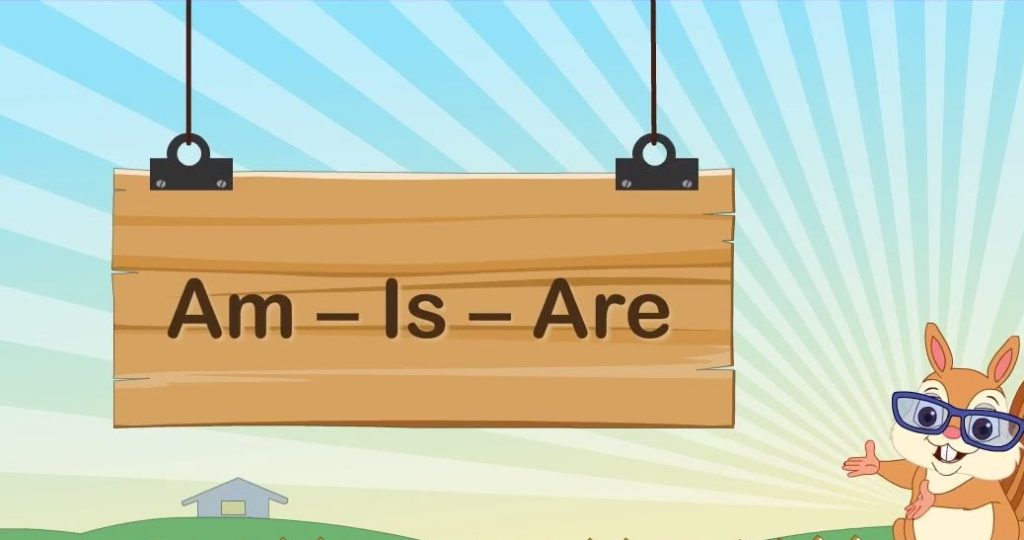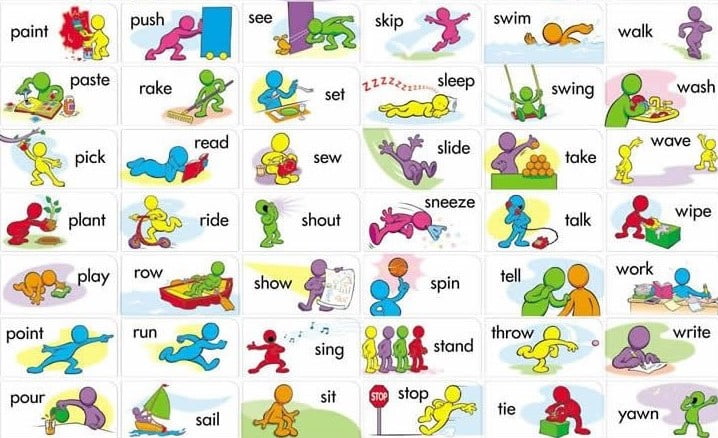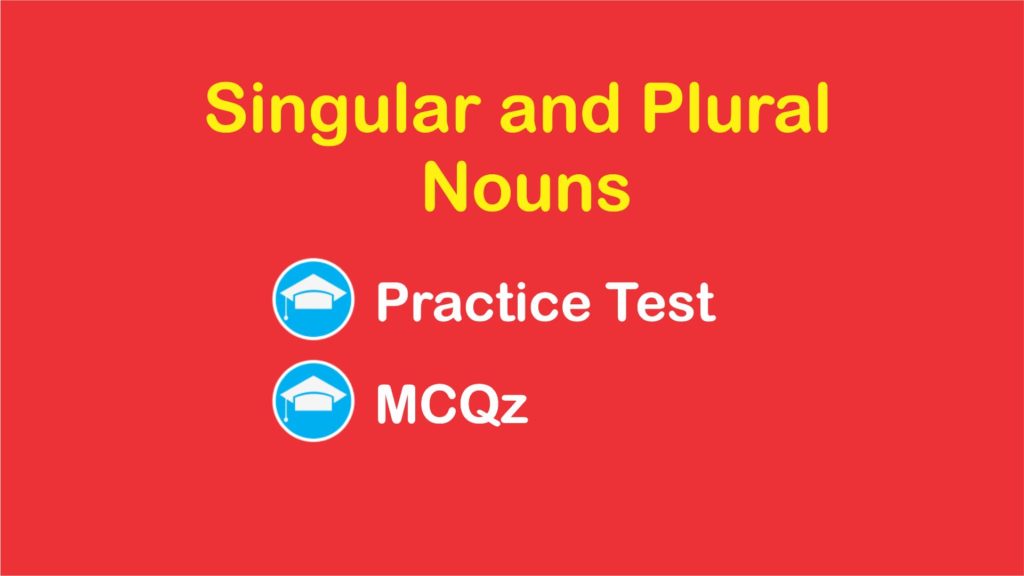English Grammar refers to the set of structural rules that govern the formation and arrangement of words, phrases, clauses, sentences, and complete texts in the English language. These rules provide the framework for constructing meaningful and coherent communication in both written and spoken forms.
Whether you’re a student looking to ace your exams, a professional aiming to polish your communication skills, or simply someone eager to learn and grow, this blog is your guide.
English Grammar Blog welcomes you to explore the intricacies of English grammar, providing insights, tips, and resources to enhance your language skills. In this blog, we’ll unravel the mysteries of syntax, delve into the nuances of tenses, and uncover the hidden treasures of linguistic structures.
Let’s navigate the intricacies of English grammar and unlock a world of expression that knows no bounds. Welcome to the English Grammar —a place where words come alive and language flourishes.
Pro Tips to Improve English Grammar
Mastering English grammar is a pivotal step towards achieving fluency in the language. Whether you’re a student, a professional, or an individual seeking to refine your language abilities, a strong grasp of grammar can significantly enhance your written and spoken communication. In this guide, you’ll discover ten practical tips that can empower you to elevate your understanding of English grammar rules and take your language proficiency to new heights.
- Apostrophes Matter: Don’t overlook the significance of apostrophes. These punctuation marks play a crucial role in forming contractions and indicating possession. A misplaced apostrophe can change the entire meaning of words. For instance, “its” and “it’s” or “their” and “they’re” have distinct implications.
- Comma Clarity: Ensure that you always use a comma after introductory or prepositional phrases. This simple practice enhances the structure of your sentences and improves overall grammar. For instance, “Under the pile of clothes, we found his wallet.”
- Hone Heteronyms and Suffixes: Heteronyms, also known as homophones, are words pronounced the same but spelled differently, like “too” and “two.” Additionally, delve into suffixes to enrich your vocabulary. Understanding the nuances of suffixes like -able and -ible can be immensely valuable.
- Decipher Articles: Grasp the distinction between definite (the) and indefinite (a/an) articles. When to use “a/an” versus “the” can significantly impact sentence meaning. For example, “Someone called a doctor” versus “Someone called the doctor living next door.”
- Unravel Appositives: Familiarize yourself with the concept of appositives—a noun or pronoun that elaborates on another noun or pronoun. Appositives enhance sentence detail and clarity. For instance, “He was a Hindu, a puny wisp of a man, with a shaven head and vague liquid eyes.”
- Commas and Nonessential Information: Utilize commas to separate words like “that,” “who,” and “which” when they introduce nonessential information. This technique ensures precise punctuation placement while maintaining sentence coherence.
- Harness the Semicolon: Incorporate semicolons to separate independent clauses within complex sentences. Understanding semicolon usage can elevate the structure and flow of your writing.
- Countable vs. Uncountable Nouns: Grasp the distinction between countable and uncountable nouns. This knowledge guides your use of quantifying words like “many” and “much,” resulting in clearer communication.
- Expand Your Vocabulary: Reading diverse materials like books, magazines, and newspapers can significantly enrich your vocabulary. Consider enrolling in online English courses to bolster your language skills.
- Prioritize Spelling and Proofreading: Cultivate a habit of meticulous spelling and proofreading. Utilize online spell-checkers to catch errors and inconsistencies.
Bonus Tip: Verbs Tenses Made Memorable: Expert advice from Bob the Canadian recommends memorizing trigger words associated with different verb tenses. For instance, using “yesterday” for past tense or “today” for present tense helps solidify tense usage.










